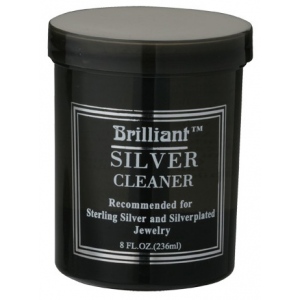You may try a little ammonia over the green corroded traces, it dissolves copper compounds quite well. Don't let it sit there too much, only a few minutes then wipe it away, wash first with water then apply a little vinegar again and then once more water. It will not fix anything but will remove the green copper crust. You will know it's working if the green turns a deep blue and dissolves away. What you hope to achieve with this is to remove the corrosion and have a better look at what's left beneath.
Another way to do it is to use one of those solutions they sell for cleaning silver jewelry, they contain thiourea which is also good for dissolving silver and copper compounds.
(edit) here's an example of the latter. Just apply a few drops with a pipette.

Rationale: if the corrosion is caused by chloride ions (for instance if the board was exposed to salt water etc) then vinegar will not work for cleaning, but the 2 methods above likely will work. There's a term in numismatics used for this, it's called "copper disease" or "bronze disease" because it affects old coins made of copper or bronze. There are other, milder ways to get rid of it (sodium sesquicarbonate is one) but they take weeks or even months for results, you don't want to be soaking the motherboard for that long in chemicals. 😀
I/O, I/O,
It's off to disk I go,
With a bit and a byte
And a read and a write,
I/O, I/O
